| |
|
|
Botanical Name |
: |
Lycium chinense Mill. |
English
Name |
: |
Chinese wolfberry, Wolfberry, Chinese desert-thorn, Chinese matrimony vine, Chinese boxthorn |
Synonym(s) |
: |
Lycium ovatum Loisel. |
Family |
: |
Solanaceae |
| |
General Info
| Description |
 |
|
An erect or sprawling shrub, 0.5-1(-2) m tall. Stems much branched; branches pale gray, slender, curved or pendulous, with thorns 0.5-2 cm. Leaves solitary or in clusters of 2-4; leaf blade ovate, rhombic, lanceolate, or linear-lanceolate, 1.5-5 × 0.5-2.5 cm (to 10 × 4 cm in cultivation). Inflorescences solitary or paired flowers on long shoots or fasciculate among leaves on short shoots; pedicel 1-2 cm; calyx campanulate, 3-4 mm, 3-5-divided to halfway, lobes densely ciliate; corolla pale purple, 0.9-l.2 cm; tube funnel-form, shorter than or subequaling lobes, lobes pubescent at margin. Stamens slightly shorter or longer than corolla, with a villous ring slightly above filament base and adjacent corolla tube. Berry red, ovoid or oblong, 0.7-1.5 cm × 5-8 mm (ca. 2.2 × 1 cm in cultivation). Seeds numerous, yellow, 2.5-3 mm. |
| Herb Effects |
 |
|
Haemostat (seed); antibacterial, antipyretic, hepatic, hypoglycaemic and vasodilator (root bark); ACE Inhibitor, analgesic, antiaging, antibacterial, antipyretic, bitter, depurative, hemostat, hepatoprotective, hepatotonic, hypoglycemic, hypotensive, immunosuppressive, mydriatic, nephrotonic, radioprotective, tonic (fruit). |
Chemistry
| Active Ingredients |
 |
|
Ascorbic acid, asparagine, beta-carotene, niacin, riboflavin, rutin, thiamin (leaf); betaine, linoleic acid, solavetivone, zeaxanthin (fruit). |
| Chemistry
of Active Ingredients |
 |
|
|
 |
Name |
CAS# |
IUPAC Name |
Formula |
Structure |
 |
|
| Ascorbic acid |
Not Available |
2-(1,2-dihydroxyethy
l)-4,5-dihydroxy-fur
an-3-one |
C6H8O6 |

|
| Asparagine |
2058-58-4 |
2,4-diamino-4-oxo-bu
tanoic acid |
C4H8N2O3 |

|
| Beta-carotene |
Not Available |
3,7,12,16-tetramethy
l-1,18-bis(2,6,6-tri
methyl-1-cyclohexeny
l)-octadec
a-1,3,5,
7,9,11,13,15,17-nona
ene |
C40H56 |

|
| Niacin |
99148-57-9 |
Pyridine-3-carboxyli
c acid |
C6H5NO2 |
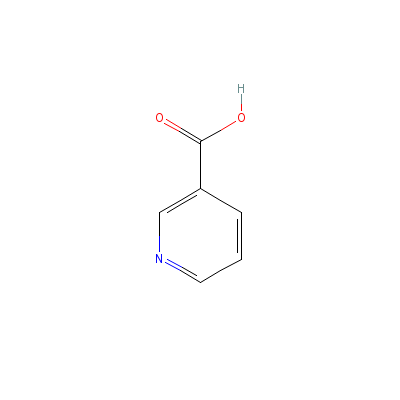
|
| Riboflavin |
Not Available |
Not Available |
C17H21N4O9P |
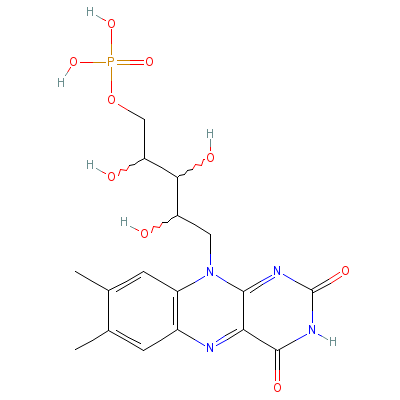
|
| Rutin |
Not Available |
2-(3,4-dihydroxyphen
yl)-4,5-dihydroxy-3-
[3,4,5-trihydroxy-6-
[(3,4,5-tr
ihydroxy
-6-methyl-tetrahydro
pyran-2-yl)oxymethyl
]tetrahydropyran-2-y
l]
oxy-chromen-7-on
e trihydrate |
C27H36O19 |
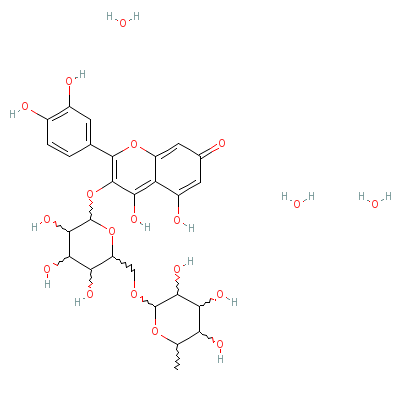
|
| Thiamin |
59-43-8 |
2-[3-[(4-amino-2-met
hyl-pyrimidin-5-yl)m
ethyl]-4-methyl-1-th
ia-3-azoni
acyclope
nta-2,4-dien-5-yl]et
hanol |
C12H17N4OS+ |

|
| Betaine |
590-47-6 |
Carboxymethyl-trimet
hyl-ammonium
hydroxide |
C5H13NO3 |
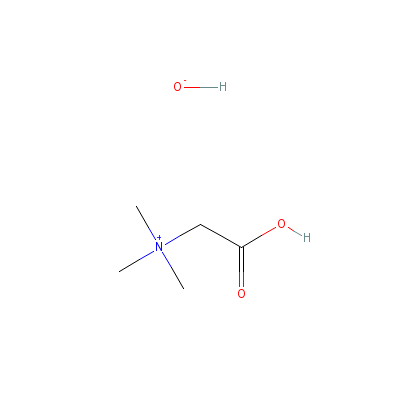
|
| Linoleic acid |
8024-22-4 |
Octadeca-9,12-dienoi
c acid |
C18H32O2 |
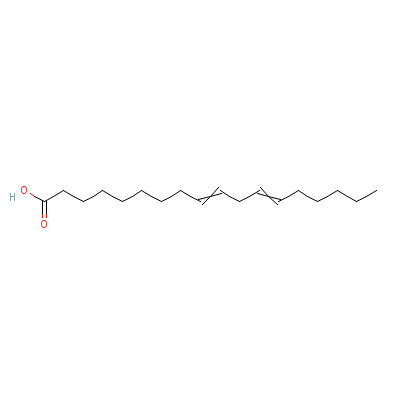
|
| Solavetivone |
61167-63-3 |
(2R,5S,6R)-6,10-dime
thyl-2-prop-1-en-2-y
l-spiro[4.5]dec-9-en
-8-one |
C15H22O |
|
| Zeaxanthin |
Not Available |
4-[18-(4-hydroxy-2,6
,6-trimethyl-1-cyclo
hexenyl)-3,7,12,16-t
etramethyl
-octadec
a-1,3,5,7,9,11,13,15
,17-nonaenyl]-3,5,5-
trimethyl-cyclohex-3
-e
n-1-ol |
C40H56O2 |
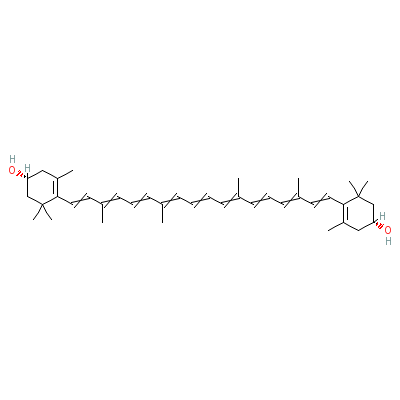
|
|
Pharmacology
| Medicinal Use |
 |
|
The seed is used for the control of bleeding, with a special action on the kidneys and sex organs. The root is used in the treatment of pulmonary tuberculosis and pneumonia in small children, chronic febrile disease, night sweats, cough and asthma, achlorhydria, atherosclerosis, hepatic diseases, tuberculosis, hypertension and diabetes mellitus. A decoction of fruit is used to clear the vision, strengthen the kidneys, restore semen and nourish the liver. The fruit protects the liver from damage caused by exposure to toxins. The fruit has been indicated for the treatment of a wide range of diseases such as asthma, atherosclerosis, backache, bacterial infections, bleeding, cachexia, cancer, cardiopathy, circulosis, cough, diabetes, dizziness, eczema, epistaxis, fever, hepatosis, high blood pressure, hyperglycemia, hyperhydrosis, infection, inflammation, malaria, nephrosis, neurosis, night Sweats, nyctalopia, odontosis, ophthalmia, osteosis, pain, pertussis, pneumonia, pulmonosis, pulposis, rheumatism, spermatorrhea, stroke, excessive thirst, tinnitus, toothache, tuberculosis, vertigo, vomiting, nocturnal emissions and aching back and legs. |
| Contraindication |
 |
|
Avoid in cold, diarrhea, and pregnancy. |
| Reference |
 |
|
 James A Duke and Maryl Fulton. Handbook of Medicinal Herbs- 2nd Edition, P: 791-792, CRC Press July 2002. James A Duke and Maryl Fulton. Handbook of Medicinal Herbs- 2nd Edition, P: 791-792, CRC Press July 2002.
|
Dealers
Products
|
|